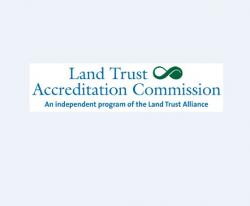Geographic areas served: Central California
Programs: Land stewardship program- this program is responsible for the ongoing restoration, maintenance and management of nearly 4,000 acres of land in the elkhorn slough watershed. This past year, the stewardship team again engaged dozens of community volunteers to assist with a wide array of conservation actions, including the removal of tons of trash and debris, control of exotic invasive weeds, monitoring key lands and species, mapping natural resources, collecting, germinating, growing and out-planting thousands of native plants. This program continues to transform hundreds of acres of degraded worn-out sand hills into vital, healthy habitat.
the tidal wetland program- twp is a multi-agency effort focused on addressing the most critical ecological challenge facing the tidal portions of elkhorn slough. Historic modifications of slough hydrology has led to the dramatic loss of vegetated marsh land. In collaboration with over 100 scientists, resource managers, local residents and other stakeholders, the tidal wetland program led an ecosystem based management approach to arrest this loss of habitat and restore a more natural function to the slough system. The result of this is the implementation of more natural tidal flow to the parson's slough complex on the elkhorn slough national estuarine research reserve which protected over 450 acres of tidal wetlands in the elkhorn system. Ongoing work is focused on the restoration of wetlands through the beneficial reuse of clean sediments to rebuild subsided marshes and by the repair and management of water control structures.
epr-the education and public outreach programs of the foundation include the web site www. Elkhornslough. Org, our presence on social media and our talks, walks, lectures and programs for the public and for school and community groups. This includes volunteer programs with community groups: boy scouts, girl scouts, church groups, corporate volunteer programs and a host of others. This also includes support for the education programs on the national estuarine research reserve that sees 6,000 to 8,000 students per year and assistance with the public visitor center that hosts a total of 40,000 to 50,000 visitors per year.







